Les pulls personnalisés sont de plus en plus populaires, tant pour les tenues formelles que décontractées, les options les plus populaires pour les pulls de haute qualité sont la laine et le cachemire. La laine, issue du mouton, est réputée pour sa longévité et sa chaleur naturelle, ce qui la rend idéale pour une variété de climats. Le cachemire est dérivé de chèvres cachemire, il possède une douceur remarquable et un toucher léger, bien qu'il ait un prix plus élevé.
Cet article abordera les principales différences entre la laine et le cachemire, il vous aidera également à choisir le pull personnalisé approprié pour vos besoins particuliers de marque. Que vous soyez en quête de confort ou de mode, il est crucial de connaître les avantages de chaque matière.
Ⅰ. Comprendre la laine et le cachemire
1. Qu'est-ce que la laine ?

La laine est une fibre naturelle issue du mouton, elle est réputée pour sa variété et sa longévité. Plusieurs variétés de laine sont disponibles, notamment la laine mérinos et la laine d'agneau, toutes deux très appréciées pour la confection de pulls. La laine mérinos, en particulier, est réputée pour sa douceur, sa respirabilité et ses capacités d'évacuation de l'humidité, ce qui la rend idéale pour les climats chauds et froids. Les fibres de la laine sont capables d’emprisonner l’air, ce qui offre une isolation exceptionnelle tout en permettant à la peau de respirer.
Pour plus d'informations sur les différents types de laine, visitez l'entreprise qui s'y spécialise, appelée Woolmark.
2. Qu’est-ce que le cachemire ?
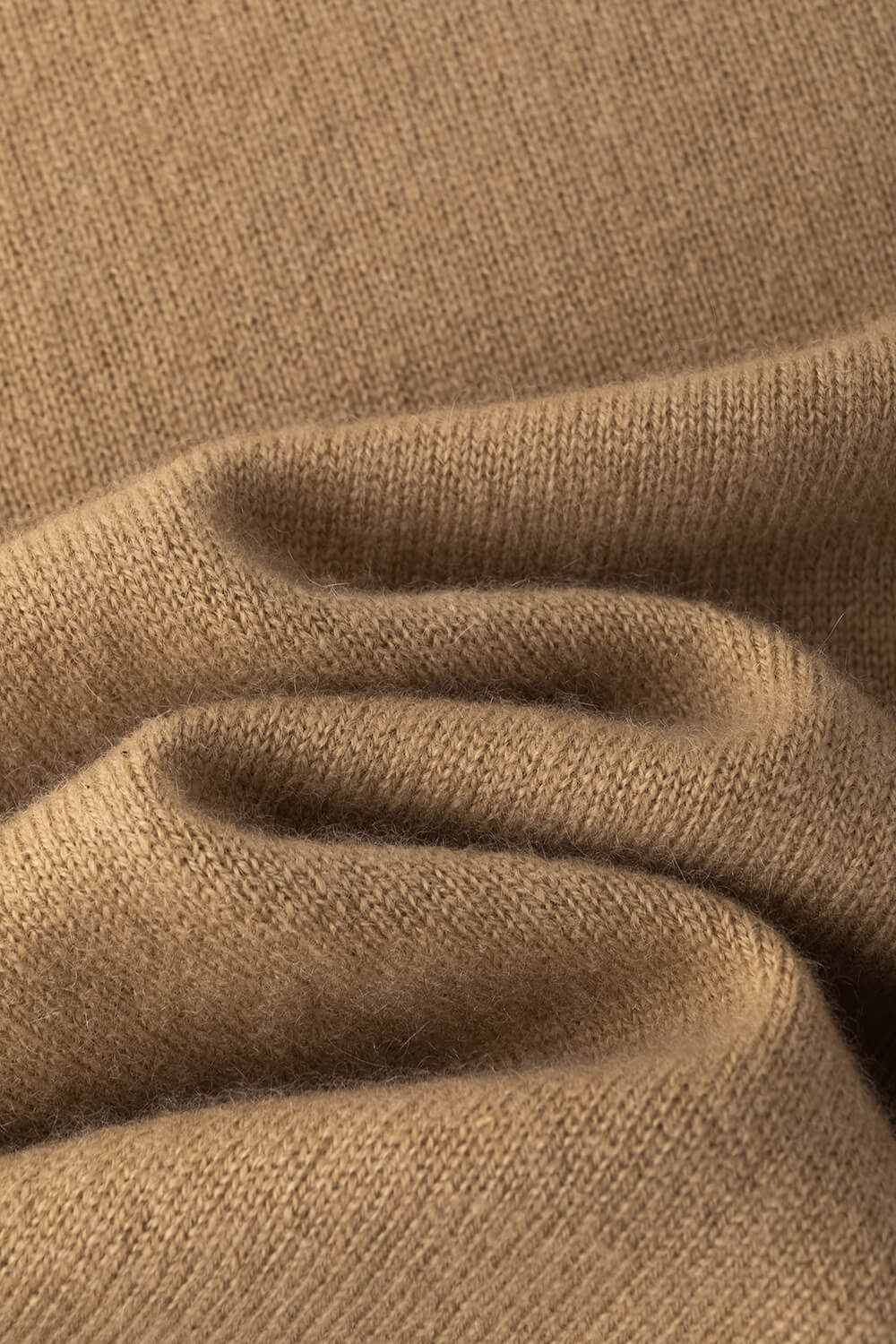
Le cachemire est une fibre recherchée dérivée du dessous doux des chèvres cachemire, principalement situées dans les régions himalayennes. Célèbre pour sa douceur exceptionnelle et sa légèreté, le cachemire est réputé pour offrir un confort inégalé. Contrairement à la laine, les fibres du cachemire sont plus petites et soyeuses, c’est pourquoi elles sont populaires dans les pulls haut de gamme. Cependant, la fabrication du cachemire prend plus de temps et coûte plus cher, ce qui contribue à son coût d’achat plus élevé.
Pour en savoir plus sur le cachemire et les avantages qui y sont associés, visitez The Cashmere Association.
3. Différences d’importance capitale
Bien que la laine et le cachemire présentent tous deux des avantages uniques, comprendre leurs différences peut vous aider à prendre la meilleure décision. La laine est généralement plus durable et plus résistante aux dommages, elle est donc idéale pour un usage quotidien. À l’inverse, le cachemire favorise une sensation luxueuse et une douceur supérieure, toutes deux idéales pour les occasions spéciales ou pour se détendre.
Lorsque vous envisagez vos options pour un pull personnalisé, pensez au mélange de style, de confort et de budget. Chaque matériau a sa place désignée et votre choix dépendra de vos préférences personnelles et de votre style de vie.
Cette base facilite une étude plus approfondie du confort, de la chaleur, de la durabilité et d’autres aspects importants dans les sections suivantes.
Ⅱ. Confort et Fanguille
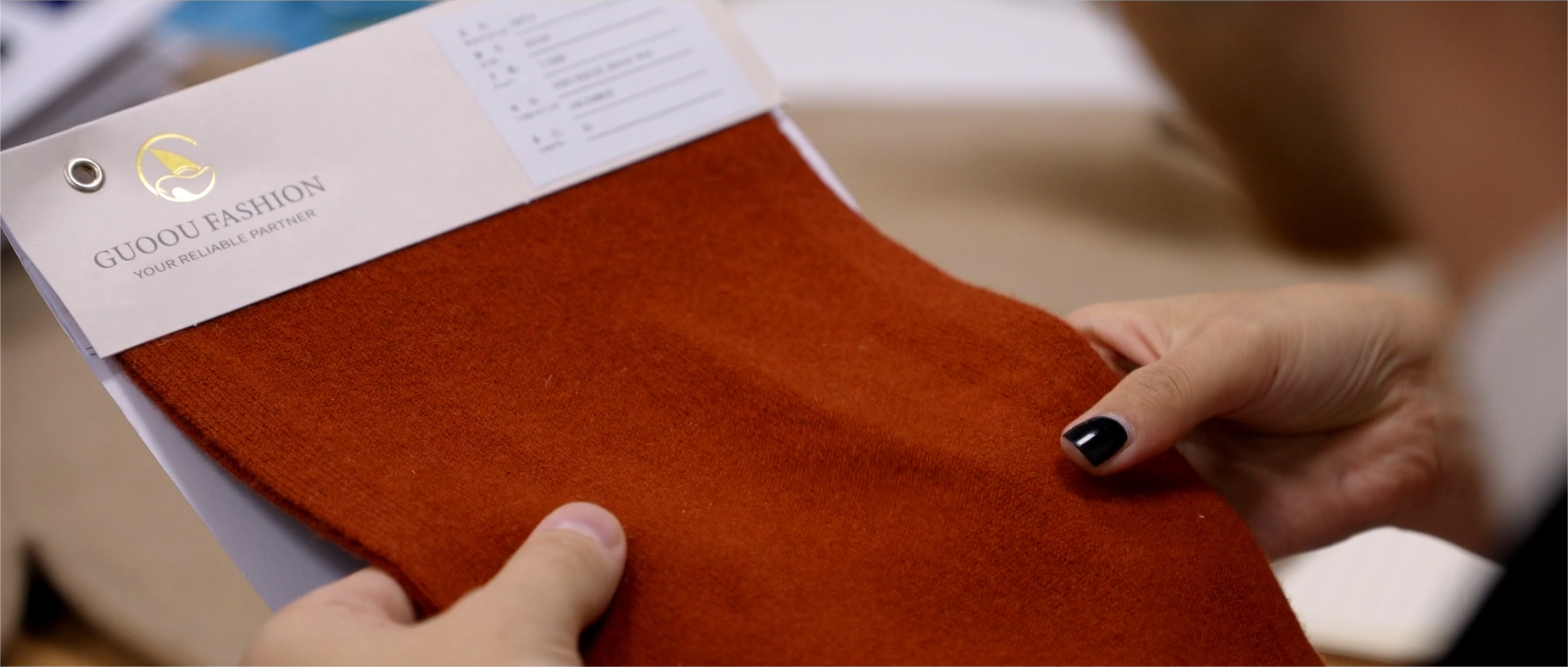
Pour les marques spécialisées dans les pulls personnalisés, comprendre le niveau de confort de la laine et du cachemire est important pour développer des produits et satisfaire les clients. La laine, en particulier les options haut de gamme comme le mérinos, offre une variété d'expériences. La laine mérinos est à la fois douce et respirante, ce qui est idéal pour une large clientèle. Sa flexibilité inhérente permet un ajustement parfait qui ne compromet pas le confort, attirant les consommateurs qui apprécient la fonctionnalité et la sensation.
Le cachemire est réputé pour sa docilité hors pair, qui porte l’expérience client à un niveau supérieur. Les petites fibres produisent un toucher soyeux que les clients apprécient, c'est pourquoi le cachemire est un choix populaire pour les produits haut de gamme. Les marques peuvent capitaliser sur cette estime en utilisant l’aspect luxe dans leurs stratégies marketing. Elles mettront l’accent sur le confort et la qualité haut de gamme du cachemire.
Un aspect important des marques est la nature hypoallergénique de leurs matériaux. Alors que certaines laines traditionnelles peuvent provoquer une irritation de la peau, la laine mérinos de haute qualité est généralement plus douce, ce qui réduit le nombre de plaintes et de retours. Cet aspect est d’une importance primordiale pour maintenir la réputation de la marque et l’engagement des clients.
À l’inverse, le cachemire est généralement considéré comme hypoallergénique en raison de ses fibres lisses. Cet attribut permet aux marques d'atteindre des consommateurs ayant des sensibilités spécifiques, augmentant ainsi leur portée sur le marché. La mise en évidence de ces attributs dans les descriptions de produits et dans le matériel promotionnel peut accroître la popularité et la confiance de la marque.
Ⅲ. Chaleur et jeisolation

Lorsqu'il s'agit de fournir de la chaleur, la laine et le cachemire ont des attributs uniques qui répondent à des objectifs différents. La laine est réputée pour ses qualités isolantes supérieures. La composition des fibres de laine favorise l’air emprisonné, ce qui crée des poches thermiques naturelles qui retiennent la chaleur tout en permettant à l’humidité de s’échapper. Les pulls en laine sont donc idéaux pour les activités récréatives par temps froid, car ils aident à réguler efficacement la température du corps.
Le cachemire a une approche différente pour fournir de la chaleur, mais il fournit toujours une quantité importante de chaleur. Ses fibres délicates sont exceptionnellement efficaces pour capter la chaleur, offrant une couche douce et accueillante sans volume. Les pulls en cachemire sont légers mais offrent quand même beaucoup de chaleur, ce qui les rend idéaux pour être portés en superposition pendant les mois les plus froids ou pour des tenues de soirée à la fois belles et pratiques.
Pour les marques, comprendre les différences est crucial pour concevoir des produits destinés à des données démographiques spécifiques. Par exemple, les marques de vêtements de sport se concentrent sur les propriétés isolantes et évacuatrices de la laine, tandis que les marques de luxe célèbrent la chaleur légère du cachemire.
La distinction entre laine et cachemire repose souvent sur la destination du pull. La laine est bénéfique pour les amateurs de plein air ; il offre la stabilité et la chaleur nécessaires aux activités récréatives comme la randonnée ou le ski. Les marques qui ciblent ce marché peuvent promouvoir des fonctionnalités telles que la gestion de l’humidité et l’isolation dans leurs supports promotionnels.
À l’inverse, le cachemire est bénéfique pour ceux qui souhaitent un petit ajout luxueux à leur tenue quotidienne. C’est un choix merveilleux pour les décors intérieurs ou les rencontres informelles où le style et le confort sont primordiaux. Les marques peuvent promouvoir les pulls en cachemire comme éléments essentiels de leur garde-robe, soulignant leur polyvalence et leur chaleur tout en conservant leur tenue formelle.
Pour plus d'informations sur les propriétés thermiques de la laine, vous pouvez visiter le [Société Woolmark] pour plus d'informations sur les capacités isolantes de la laine.
IV. Durabilité et longévité
1. Durabilité de la laine par rapport au cachemire
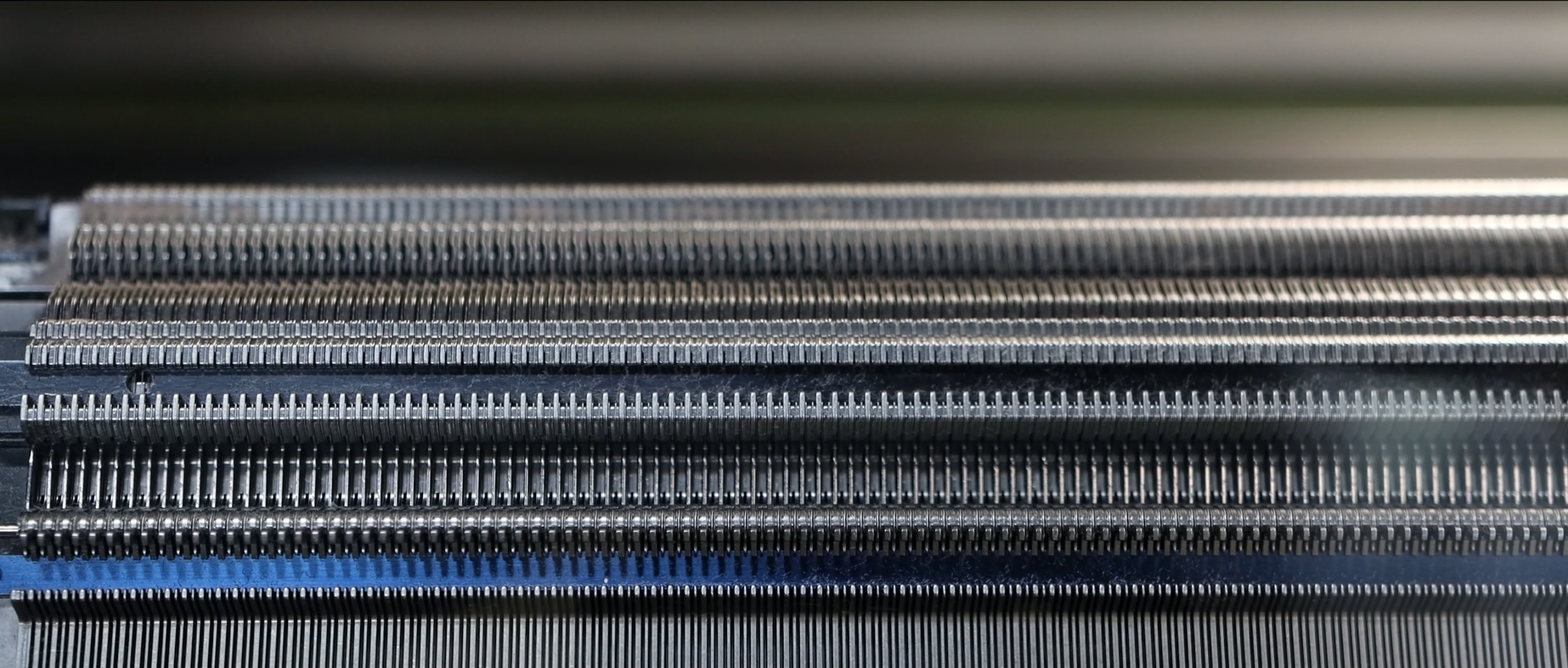
La viabilité à long terme de la laine par rapport au cachemire est une comparaison entre les deux faite par des experts dans le domaine.
When contemplating the durability of a custom sweater, the stability of the fabric is of paramount importance. Wool is renowned for its natural beauty, which makes it a great choice for everyday use. High quality wool, especially that made of merino, is durable and resistant to fraying, this allows it to withstand regular use without showing signs of wear. This durability makes wool sweaters popular among consumers who want a practical, long-lasting option.
Cashmere is considered to be delicate, but generally speaking, it is more expensive than wool. Its small fibers are susceptible to pilling and wear over time, this is particularly true of frequent use. However, the overall quality of cashmere is capable of altering its longevity. Premium cashmere sweaters, when properly maintained, can last for multiple seasons, making them a significant investment for consumers who value luxury and comfort.
For brands, promoting the long-term stability of wool in marketing can attract consumers who value practicality, while promoting the care required of cashmere can educate consumers on how to maintain their investment.
2. Care Tips for Maintaining Quality
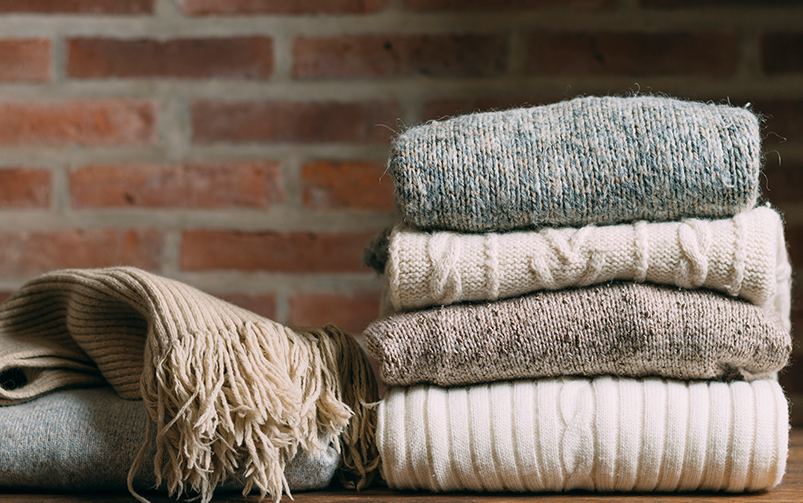
Carefully following the instructions in the fabric care section of the knitwear will extend the life of both wool and cashmere sweaters. Here are some suggested guidelines for caring for the patient:
Wool: Hand wash in cold water with a mild detergent or utilize a washing machine’s wool cycle. Flatten the sheet to allow the shape to remain. For more specific care recommendations, brands can refer to [Wool Sweater Care 101].
Cashmere: Hand scrub or utilize a mild cycle in cold water. Avoid wrinkling; instead, expel the excess water and flat-out dry. Store the knitwear in a folded state to prevent it from being stretchy. For additional information on caring for cashmere, brands can affiliate with reputable organizations like [The Cashmere Association].
While wool is typically associated with greater longevity, high-quality cashmere can also provide long-lasting relaxation with proper care.
Brands that instruct their customers on the maintenance of materials can promote loyalty and encourage re-purchases.
Ⅴ. Price Considerations
1. Price Differences Between Wool and Cashmere
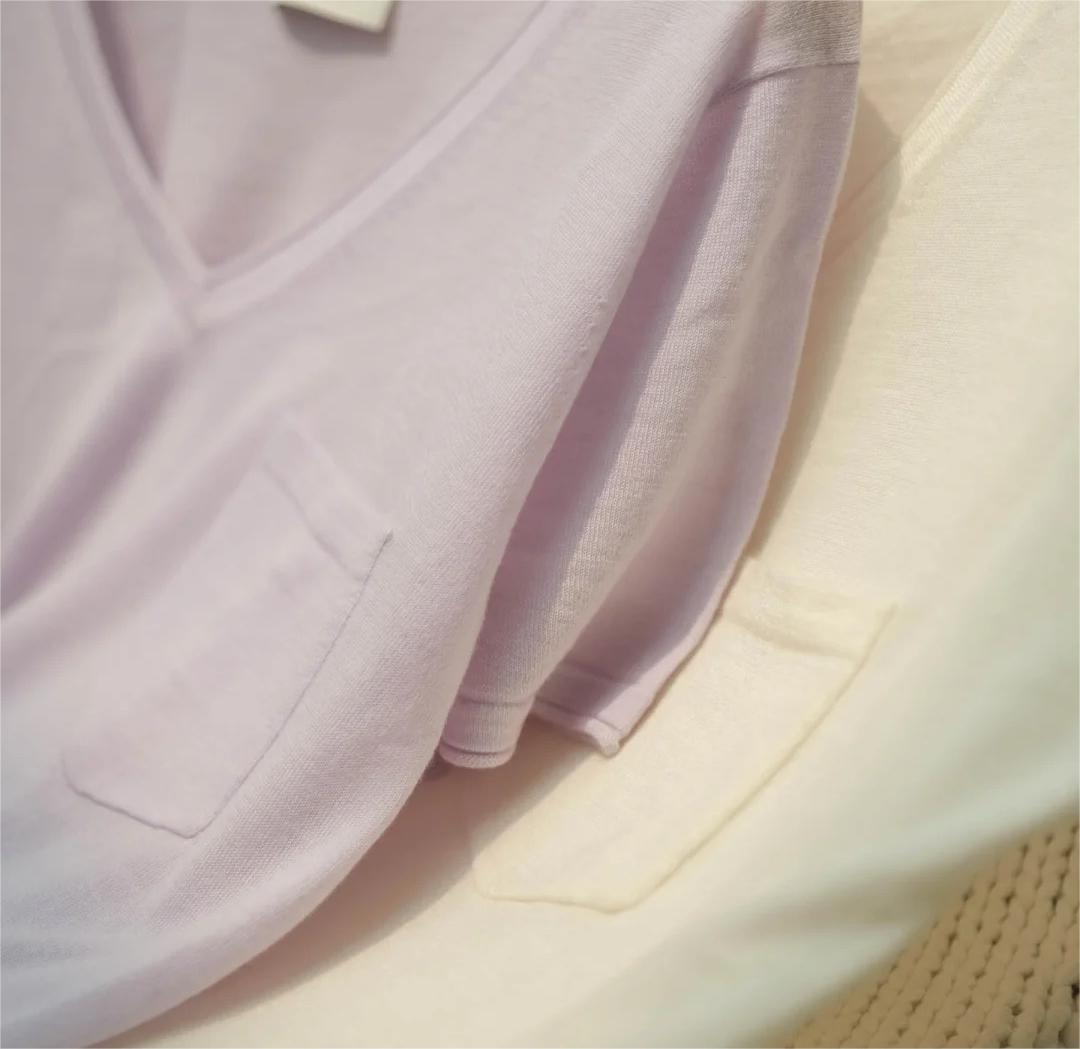
When considering custom sweaters, the cost of the sweater is significant and affects the consumer’s decision. Typically, wool sweaters are more budget-friendly than cashmere alternatives. The cost of wool can differ based on the type and quality, with Merino wool typically lying at the higher end of the spectrum. However, wool is still a popular choice for consumers who want high-quality clothing without paying too much money.
Conversely, Cashmere is considered a high-end fabric. The higher expense is caused by the labour-intensive process of obtaining cashmere fibres; this involves pulling the goats’ wool during the moulting season. As such, cashmere sweaters are often priced higher in the market. Brands can promote cashmere as a high-end product, attracting consumers who seek exclusivity and comfort.
For additional information on the pricing habits of wool and cashmere, brands can visit [How to Price Wool and Cashmere Products Reasonably]
2. Consumer Value and Investment
While cashmere may initially cost more, consumers who are willing to invest in it see it as a beneficial acquisition due to its softness and long life. Brands can promote the long-term value of cashmere, they highlight the brand’s durability and atemporal appeal. Marketing strategies can concentrate on the concept that cashmere sweaters, if cared for appropriately, can have a long lifespan, becoming a common part of any wardrobe.
Conversely, brands that specialize in wool products can promote the practicality and affordability of their products. Highlighting the versatility and capabilities of wool can attract consumers who are budget-conscious and seek quality without the cost of luxury.
Overall, understanding the expenses associated with wool and cashmere can be beneficial to brands in that they can effectively market their products. By focusing on the value of each material, brands can reach different consumer demographics, whether they’re looking for luxury or practicality.
Ⅵ. Customizability options
1. Characteristics and Limitations of Wool and Cashmere
Understanding the properties of wool and cashmere is important in the design and creation of custom sweaters, these materials have unique properties and limitations:
⑴ Wool Characteristics:
- Durability:
Wool is renowned for its steadfastness and longevity. It can withstand everyday wear and tear, which makes it appropriate for clothing that is intended for regular use. Its inherent flexibility enables it to regrow to its original state following stretching, which is beneficial for designed fashions.
- Insulation:
Wool has a superior thermal capacity, it traps air and provides insulation to the cold. This facilitates the creation of warm sweaters that are not overly bulkier, allowing for fashionable, design-appropriate forms. Additionally, wool promotes temperature regulation, which is beneficial for various climates.
- Moisture-Wicking:
Wool is capable of absorbing moisture without becoming wet, this leaves the skin with little to no sweat. This attribute benefits the comfort of activewear and makes wool appropriate for a variety of lifestyles.
- Limitations:
While wool is long-lasting, its texture can be rough, which may not be appropriate for all consumers. Intricate patterns, such as small laces or intricate designs, may be problematic due to their propensity to fray or misrepresent. Heavy embellishments can also have an effect on the sweater’s drape and comfort, thus it’s important to recommend appropriate design decisions.
⑵ Cashmere Characteristics
- Luxurious softness:
Cashmere is celebrated for its exceptional softness and relaxation. It’s significantly more refined than sheep’s wool, which is ideal for design that require a soft feel against the skin. This feeling of luxury is attractive to consumers who seek high-end, inv inviting garments.
- Lightweight Insulation:
Cashmere provides a lot of warmth without adding extra mass. This facilitates the layering of complex patterns, allowing consumers to create beautiful, but not overly bulky, outfits. Its lightweight composition can also facilitate intricate design, such as delicate knits or cable patterns.
- Breathability:
Cashmere is naturally breathable, helping to regulate body temperature. This trait benefits from increased comfort, particularly during transitional seasons.
- Limitations:
Cashmere is more delicate than wool, which makes it susceptible to pilling and wear over time. Extensive customization, such as heavy embroidery or aggressive stitching, can compromise its integrity and appearance.
2. Sustainable Practices in Customization
Including environmental sustainability in the customization process can lead to environmentally conscious consumers. Opportunities include:
Eco-Friendly Materials: Providing organic or environmentally responsible wool and cashmere can attract consumers who seek out environmentally responsible options. Clearly communicating the methods of sourcing products on labels or the internet can instill trust.
Sustainable Dye: The use of non-toxic, environmentally friendly dyes in customization can further promote your brand’s environmentally friendly reputation. Admittedly, providing the public with information about your dyeing process can inspire concern among consumers who want to avoid waste.
Ⅶ. Conclusion
Ultimately, the customization of wool and cashmere sweaters provides brands an opportunity to augment their design offerings and respond to the evolving preferences of consumers. By understanding the singular attributes and shortfalls of these materials, brands can craft products that have both quality and style while also being functional.
Incorporating environmentally responsible practices is crucial to attracting today’s environmentally conscious consumers. Providing wool and cashmere that are responsibly sourced as well as having a transparent production process can help to promote trust and encourage customer commitment.
Through this information, brands can create custom sweaters that are both appealing to consumers and stand out in a competitive industry. As the industry continues to evolve, with an emphasis on customization, sustainability, and consumer participation, it will have a significant impact on the wool and cashmere markets over the long term.

 English
English Deutsch
Deutsch Français
Français Italiano
Italiano Español
Español Русский
Русский Polski
Polski Nederlands
Nederlands Svenska
Svenska

